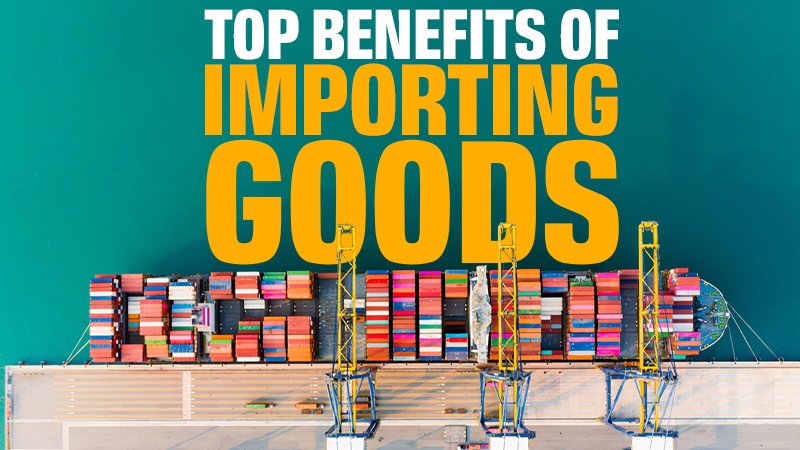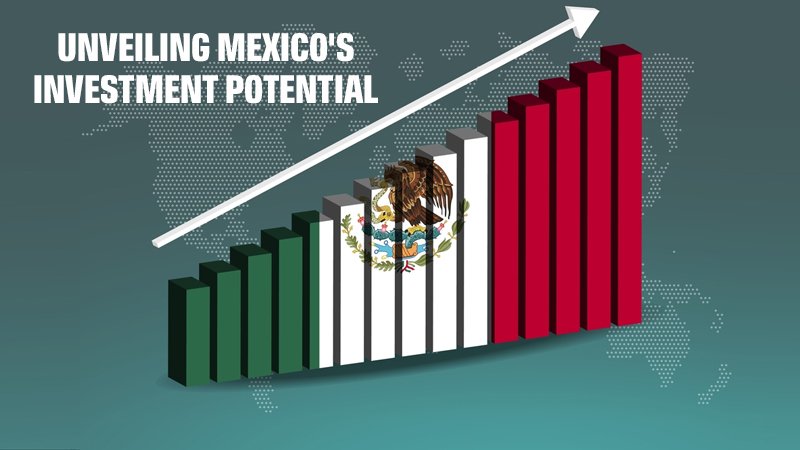In recent years, the landscape of global trade has undergone significant shifts, particularly concerning the cost dynamics of importing from China. With rising tariffs, labour costs, and logistical challenges, businesses are reevaluating their sourcing strategies. One emerging trend that has gained traction is the concept of manufacturing components in China and assembling the final products in Mexico. This blog explores the drivers behind this strategic shift and how companies can leverage this model effectively, with insights from HTS Global, powered by Phoenix Global.
The Rising Costs of Importing from China-
China has long been a manufacturing powerhouse, offering competitive production costs and a vast network of suppliers. However, escalating tariffs imposed by various countries, particularly the United States, have significantly impacted the cost-effectiveness of importing directly from China. Moreover, rising labour costs in China and supply chain disruptions, as seen during the COVID-19 pandemic, have added complexities and uncertainties to sourcing strategies.
The Shift towards Dual Manufacturing in China and Mexico-
To address these challenges and maintain cost competitiveness, many companies are adopting a dual manufacturing approach. This strategy involves producing components or parts in China, where economies of scale and specialised manufacturing capabilities exist, and then shipping these components to Mexico for final assembly. Mexico, with its proximity to major markets like the United States, offers several advantages, including:
1. Reduced Transportation Costs: Shipping components from China to Mexico is often more cost-effective than shipping finished goods directly to the final market. This is especially true for bulky or heavy products, where transportation costs can be significant.
2. Tariff Savings: By leveraging trade agreements like the United States-Mexico-Canada Agreement (USMCA), companies can benefit from reduced or eliminated tariffs on goods assembled in Mexico and exported to the United States and Canada.
3. Supply Chain Resilience: Dual manufacturing diversifies supply chain risks by reducing dependence on a single country for production. It also enables companies to respond more quickly to market demand fluctuations and disruptions.
Challenges and Considerations
While the China-Mexico dual manufacturing model offers compelling advantages, it is not without challenges. Companies need to consider several factors to optimise this strategy:
1. Regulatory Compliance: Adhering to trade regulations and customs requirements in both China and Mexico is crucial. Partnering with experienced consultants like HTS Lookup, powered by Phoenix Global, can ensure smooth compliance and avoid costly penalties.
2. Logistical Coordination: Managing logistics, inventory, and transportation between China and Mexico requires efficient coordination and supply chain visibility. Advanced logistics solutions and real-time tracking technologies play a vital role in optimising this process.
3. Quality Control: Maintaining consistent product quality during assembly in Mexico is essential. Implementing robust quality control measures and conducting regular audits can safeguard against quality issues and customer dissatisfaction.
How HTS Lookup, Powered by Phoenix Global, Can Help-
HTS Lookup, backed by the expertise and global network of Phoenix Global, specialises in optimising international supply chains and mitigating trade risks. Our services encompass:
1. Strategic Planning: We develop tailored strategies for dual manufacturing, taking into account regulatory compliance, logistics optimisation, and risk mitigation.
2. Compliance Assurance: Our consultants ensure that your operations comply with all relevant trade regulations, tariffs, and customs procedures, minimizing the risk of disruptions and penalties.
3. Logistics Optimization: We optimize transportation routes, inventory management, and distribution channels to streamline the flow of goods between China and Mexico, reducing costs and lead times.
4. Risk Mitigation: Our comprehensive risk assessment and mitigation strategies protect your supply chain from geopolitical, economic, and operational risks, ensuring continuity and resilience.
In conclusion, the shift towards dual manufacturing in China and Mexico presents significant opportunities for businesses to enhance cost competitiveness, supply chain resilience, and market responsiveness. With the right strategies and support from experienced consultants like HTS Lookup, powered by Phoenix Global, companies can navigate this evolving landscape and thrive in the global marketplace.






Comments
No comments yet.